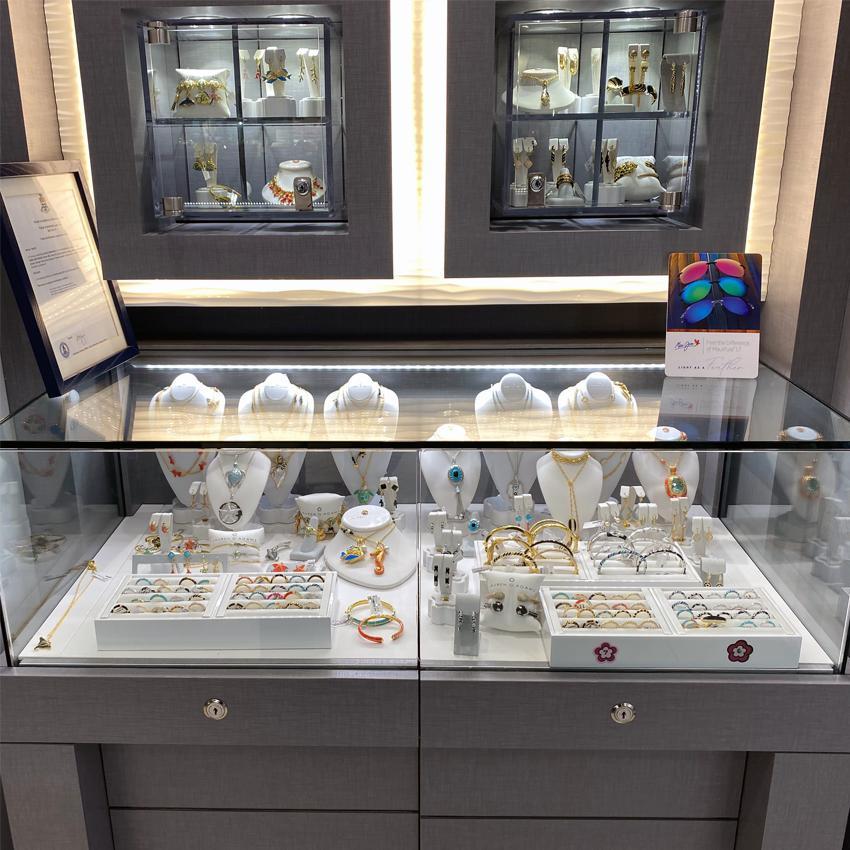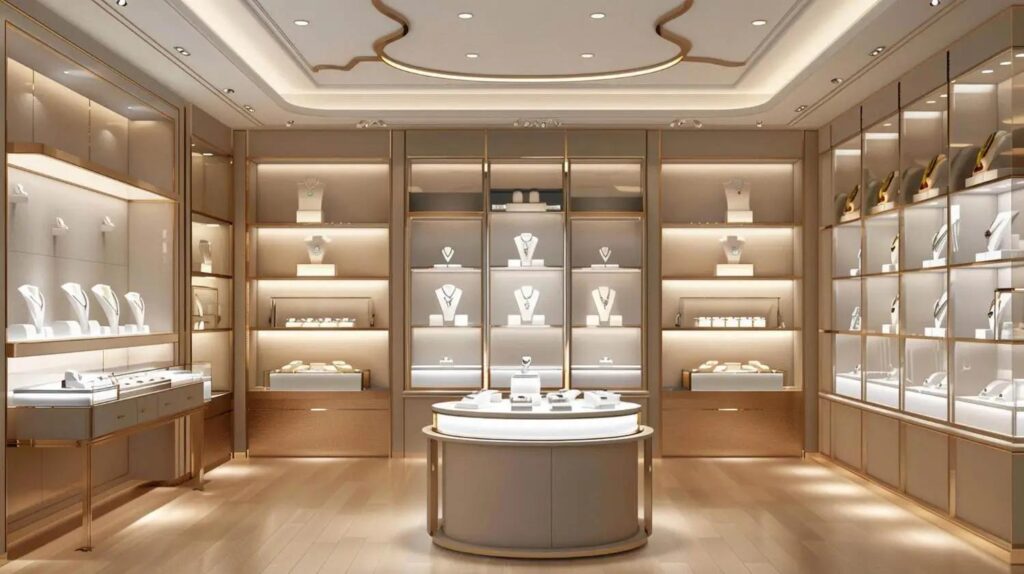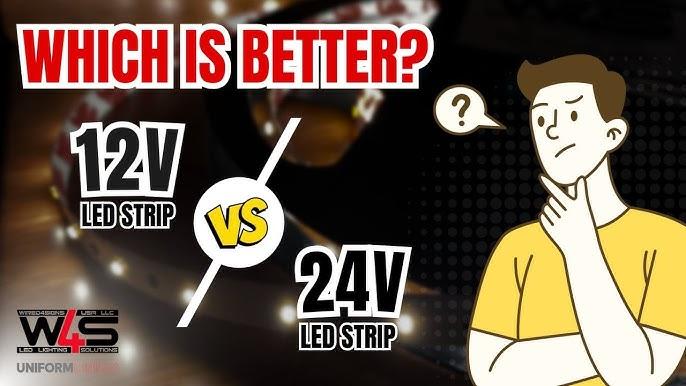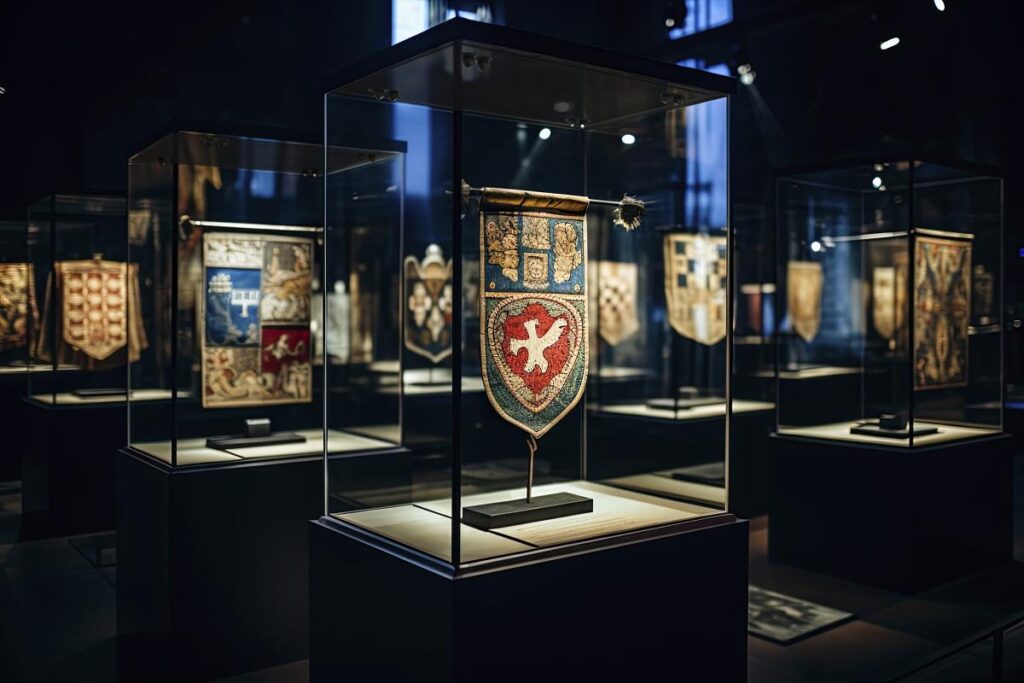Introduction: Why Magnetic Track Lighting is Ideal for Display Cabinets
For illuminating display cabinets, magnetic track lighting is a perfect option especially for delicate items like jewelry, museum artifacts, and eyewear. Because of its versatility, light can be placed precisely to highlight particular details and improve visual appeal. Flexibility in the system allows for simple adjustments when displays change and energy-efficient LEDs reduce heat output to safeguard delicate objects. In addition, the magnetic track’s elegant simple design blends in perfectly with any display environment offering a polished and elegant presentation without detracting from the items being displayed. It is an excellent option for displaying priceless collections because of its unique blend of practicality and beauty.
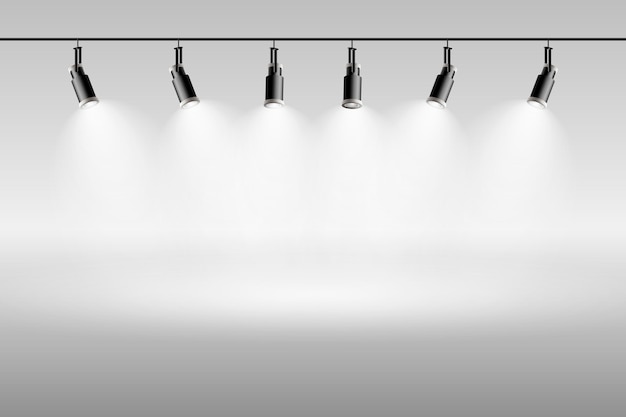
Understanding Magnetic Track Lighting Systems
A modern and adaptable method of illumination magnetic track lighting systems are especially well-suited for LED display showcase lighting applications. The three main parts of these systems are the magnetic tracks themselves the lighting fixtures that are attached to them and the power systems that are required. The lighting fixtures are firmly held in place by embedded magnets in the tracks which are usually made of steel or aluminum. This magnetic connection provides unmatched flexibility in light direction by making it simple to move and adjust the lights.
Different types of lighting fixtures are available to meet different needs. Spotlights produce concentrated light beams that are perfect for emphasizing particular items or sections of a display. Wider light distribution is provided by floodlights which are helpful for general lighting or lighting larger surfaces. Linear lights provide a more even, diffused light source, often used for illuminating longer displays or creating a seamless line of light. Finally, the power system encompasses the transformers, dimmers, and connectors required to safely and efficiently power the entire magnetic showcase track lighting setup. This combination of adaptable components allows for highly customized lighting solutions tailored to the specific requirements of any display.
Identifying Your Lighting Needs
Choosing the right display lighting depends on understanding task and ambient lighting. Task lighting focuses on specific objects, highlighting details crucial for intricate jewelry, delicate artifacts, or fine eyewear. Adjustable spotlights and track lights excel at this, offering precise control. Ambient lighting provides overall illumination, creating atmosphere and ensuring comfortable visibility. While less critical for individual highlights, it contributes to the overall presentation and prevents harsh contrasts. Combining both often yields the most effective results.
Beyond lighting type, determining brightness (lumens), color temperature (Kelvin), and CRI is essential. Brightness dictates light output; too much washes out details, too little makes objects appear dull. Color temperature affects warmth or coolness: warmer temperatures (2700-3000K) create a cozy feel, cooler ones (4000-5000K) a crisp look. CRI measures color accuracy against sunlight; a high CRI (90+) is crucial for accurate representation, especially for museum and jewelry display showcase lighting. Considering these factors ensures lighting enhances displayed items without distortion.
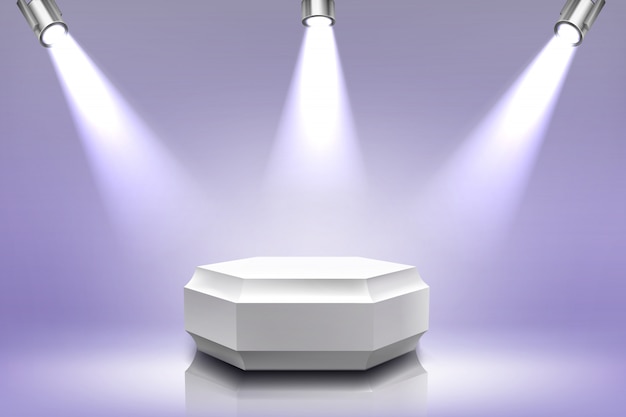
Choosing the Right Magnetic Track System
Selecting the appropriate magnetic track system is crucial for achieving the desired lighting effect and functionality. Several configurations are available, each with unique characteristics. Single-circuit systems are the most basic, offering simple on/off control for all connected lights. Dual-circuit systems provide greater flexibility, allowing for independent control of two groups of lights on the same track, enabling zoning and highlighting different areas. Monorail systems, while less common for small displays, offer a sleek, minimalist aesthetic and can accommodate more complex layouts, often used in larger installations.
Several factors influence ease of installation and design flexibility. Consider the track length and shape needed to accommodate your display’s dimensions and desired lighting layout. Straight tracks are simplest to install, while curved or flexible tracks offer greater design versatility for unconventional spaces. The mounting method is also important; surface-mounted tracks are easiest to install on existing surfaces, while recessed tracks offer a cleaner, more integrated look but require more extensive preparation. Finally, consider the compatibility of the track with your chosen lighting fixtures and power supply to ensure a seamless and functional system.
Sizing and Placement Considerations
The secret to getting the most out of your magnetic track lighting is proper placement and sizing. The displays size and the desired illumination level determine how many lights are needed. The chosen fixtures beam angle should be taken into account more fixtures are needed for wider coverage because narrower beams produce more focused light. To prevent uneven lighting fixtures should be spaced evenly apart.
Strategic light placement is essential for emphasizing particular objects or regions. To create dramatic highlights or delicate light washes, position lights closer to the objects you wish to draw attention to and change the beam angle. Take into account the displays viewing angle and arrange the lights to reduce glare and guarantee comfortable viewing. Experiment with different angles and positions to achieve the desired effect, maximizing the impact of your display.

Energy Efficiency and Durability
Energy efficiency and durability are crucial for display lighting. LED showcase lighting offers significant advantages. LEDs have a much longer lifespan than traditional bulbs, reducing replacements and maintenance costs, especially beneficial for hard-to-reach displays.
LEDs are also far more energy-efficient, consuming less electricity for the same light output, leading to lower energy bills and a smaller environmental impact. Their reduced heat output protects sensitive display items. Dimmable LEDs offer even greater control over energy use and allow for customizable ambiance, adjusting light intensity for different times or display needs. This combination of longevity, efficiency, and flexibility makes LED magnetic track lights a superior choice.
Conclusion: The Best Magnetic Track Lighting for Your Showcase Needs
Choosing the best magnetic showcase track lighting requires balancing aesthetics, function, and cost. Prioritize high CRI LEDs for accurate color rendering, especially for jewelry and museums. Select appropriate beam angles and light placement for optimal highlighting. Consider dimming options for adjustable ambiance and energy savings. Higher-quality systems may cost more up front but they will pay off in the long run thanks to their longevity, energy efficiency, and better performance. By carefully taking these things into account, you can make a beautiful and functional display that best presents your products without going over your budget.
External links:
- https://en.wikipedia.org/wiki/Lumen_(unit)
- https://www.algebra.com/algebra/homework/Bodies-in-space/Introduction-to-Solid-angles.lesson
- https://web.archive.org/web/20090505080533/http://www1.eere.energy.gov/buildings/ssl/comparing.html
- https://en.wikipedia.org/wiki/Dimmer#Thyristor_dimmer
- https://web.archive.org/web/20100111054756/http://www.dimming.org/Technical/detail/705.html


